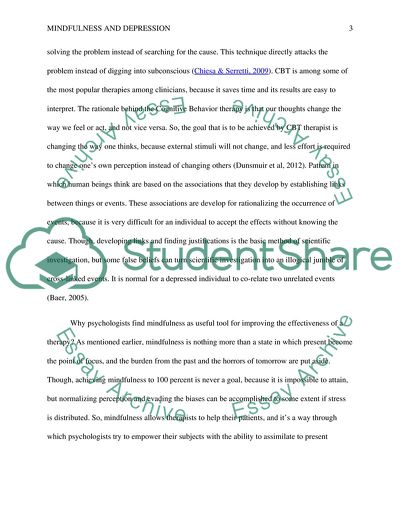Cite this document
(How do mindfulness practices improve the mental health of individuals Essay, n.d.)
How do mindfulness practices improve the mental health of individuals Essay. https://studentshare.org/psychology/1873005-how-do-mindfulness-practices-improve-the-mental-health-of-individuals-in-treatment
How do mindfulness practices improve the mental health of individuals Essay. https://studentshare.org/psychology/1873005-how-do-mindfulness-practices-improve-the-mental-health-of-individuals-in-treatment
(How Do Mindfulness Practices Improve the Mental Health of Individuals Essay)
How Do Mindfulness Practices Improve the Mental Health of Individuals Essay. https://studentshare.org/psychology/1873005-how-do-mindfulness-practices-improve-the-mental-health-of-individuals-in-treatment.
How Do Mindfulness Practices Improve the Mental Health of Individuals Essay. https://studentshare.org/psychology/1873005-how-do-mindfulness-practices-improve-the-mental-health-of-individuals-in-treatment.
“How Do Mindfulness Practices Improve the Mental Health of Individuals Essay”. https://studentshare.org/psychology/1873005-how-do-mindfulness-practices-improve-the-mental-health-of-individuals-in-treatment.


